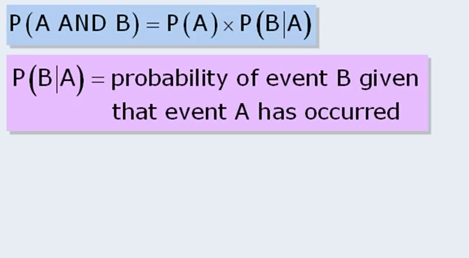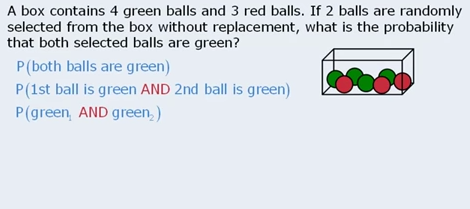Ok so as it happens, no, today wasn’t a full gmat day. In fact I don’t think I will be able to start proper study until 7pm. Nothing bad happened but I had to get some tests done in the morning, then microwave oven broke and the technician is here repairing it.
I will start with Probability
Probability
Probability: Likelihood that an event will occur
Probability goes from 0 to 1. The more likely the probability, the closer tha value will be to 1.
P(A) = Number of outcomes where A occures / total number of possible outcomes
Complement
The complement of selecting a green ball out of 7 total balls is the probability of selecting a ball that is not green.
P(event happens) + P (event NOT happens) = 1
The question below is an example of a question in which knowing the complement rule is essential!
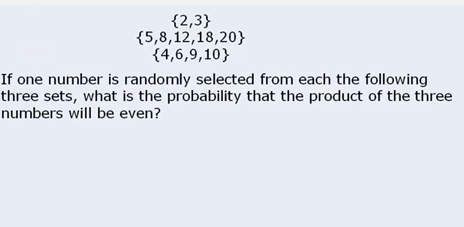
As you can see, it is much easier to calculate what n of events will give an odd number in that case.
This is helpful for cases when the complement is easier to calculate, and also when “at most” “at least” can be an indication that complement might be best approach .
Mutually exclusive events
These are events that can not occur together.
“OR” probabilities
P(A or B) = P(A) + P(B) – P(A and B)
Hmm interesting. I am sure this will come handy in the future. Also important to understand that mutually exclusive events P(a and b) will be 0 as they can’t happen both. Hence the formula above for those cases becomes = P(A) + P(B) + 0.
This question is an example where the formula is required:
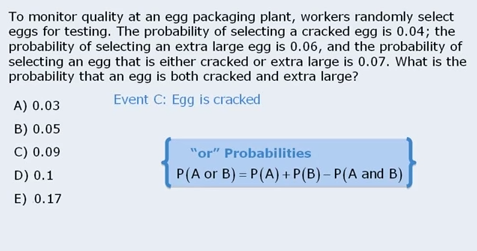
Hmm this course is being so helpful! Just what I was looking for. Kudos to GMATPrepNow.
Important notation + AND formula
Important to check notation. P(b|a) menas probability og b after a has occurred.
It is very important to remember that formula too.
If question involves the occurrence of 2 or more events, I might need that AND formula.
Consider question below:
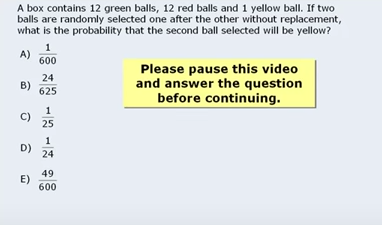
I am quite happy I got it right! Took 2min 15s though :(. I am def. having issues with time. Will have to find a solution once I start taking proper tests.
Independent events
“With replacement” so means second selection is not affected by first one. Like tossing a coin.
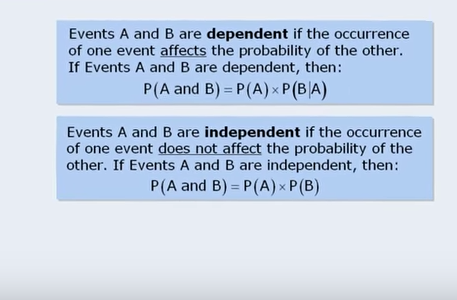
To understand if two events are dependent or independent, video suggests to ask “Does the occurrence of one event affect the probability of the other?”
So one thing I see is that being strong in counting helps in probabiliy. I am strong in counting so this section shouldn’t be the biggest challenge.
Consider this question. It is freaking hard:
I am putting my guard a bit down… getting a bit tired now that reached the end.
DONE! Finished all sections!!!!!
Final conclusion of quant study
Well, I am very happy that I have a very clear idea of the topics that come into GMAT now. By no means I am ready or prepared, but I am light years ahead from where I was 10 days back. I definitely know I will need to work hard on inequalities, word problems, geometry etc… if I am able to perfect those topics quickly enough, I might have a chance to get a high schore.
What will I do now?
- Will watch these +750 GMAT series
- Will probably open GMAT Official book and will try some questions from the first assesment test, just to see how much it differes from what I have done here.
OMG – +750 exercises
Damn damn damn… I am starting to watch the videos and WOW, the hard exercises are HARD indeed… damn… seems that I am gonna need to keep watching videos of high level problems. Sometimes methods are so unique to a problem… consider this question.

I mean… GOOD LUCK trying to answer it. Seriously.
Even after seeing the answer I am not fully clear of why the method actually works. OH WAIT! I know why…! Damn… ok, finally it dawned on me.
First of all, the question asks about a percentage. This menas that we can assume a population of X, and the results still we can calculate because no matter what population we assume, the % still applies.
Then the next thing to realize is that if we are talking about how many % directors are there… the SALARY thing CAN be used… why? Because if I am talking about average salaries etc… the formula SUM of whatever = n*Avg of whatever still applies. This means that it must be true that D*Ad + M*Am = 100*At. I know that this formula is dealing with salaries not people, but remember that the D,M,100 part of it IS people numbers, not salaries. And the CRAZY thing that one doesn’t know is that if i know how much Ad and Am differ from A, and substitute those in the equation, and also realize that M = 100-D and substitute, then everything cancels out but D. Why it cancels out?! Not really sure to be honest.
And WTF, there seems to be a 10 s solution by realizing that at the end of the day, what we are saying is that M are 5000 away from “fulcrum” and D 15000 so in order to balance the scale, M has to be 3/1 in ratio with D. Means that out of 4, 1 D is there hence 25% which is the answer.
WTFFFF…. these questions are insane.
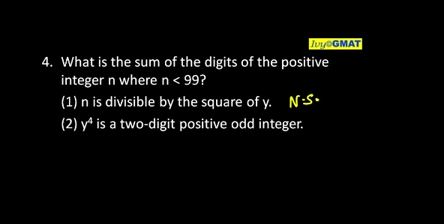
Try solve the one above. GOOD LUCK. You think you got it right? Think again. Damn…
What I learn from this is that… well… questions can get VERY VERY hard. I am still not sure how to handle this, but is good to be aware that this level of trickiness is embedded in the system.
Ok so I am still watching the videos in the series… in math section main learnings have been to be aware of certain common constructions such as X squared is a two digit odd integer… this doesn’t mean X is an integer etc. Also some interesting techniques such as 8! + 9 I know its not prime because both share a 3 inside (and a 6 in fact) hence that num will be divisible by 3 or 6 etc.
Tips on reading comprehension
Now he is talking about some tips on reading comprehension. One thing I learned is that RC seems to weight quite a lot in the exam. Also , “disinterested” means “non biased”… one needs to be careful because it does not mean “uninterested”. Also, there is a technique overall to keep in mind… OCTAVE… opinion of author, contrast, tone, avoid superlatives in answers, verify and eliminate, dont select. I like the approach and although I don’t plan to apply it religiously, I am gonna def keep it in mind.
Also critiqur is not necessarily bad. It means analyzing + and – and then giving an opinion. Similar with “Assesment”.
AND, OR, BUT must maintain strong parallelism from R to L.
If 2 part dependent on 1st then we need to use ING on the second. If something is INTENDED and something is NOTINTENDED then they can’t be put in parallel forms.
Conclusion 2
Hmm woring on very hard questions demotivatea a littles. Damn I hope I am in the right direction. I must take a sample test soon to see where I am at. Maybe tomorrow. Lets see.




